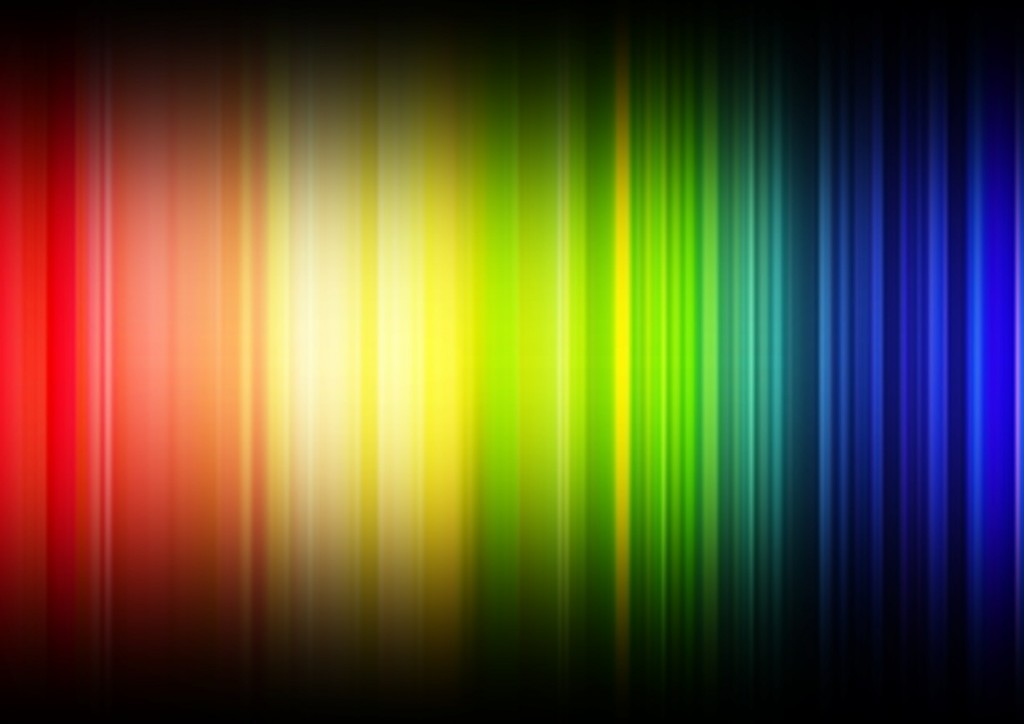As we delve into the bright world of smart bulbs, it becomes clear that these are not just gadgets for tech enthusiasts but valuable tools for enhancing the comfort, security, and efficiency of our living spaces.

In the realm of home automation and smart technology, few innovations shine as brightly as smart bulbs. These advanced lighting solutions not only allow users to control illumination with unprecedented precision but also offer a spectrum of colors, integrate with home automation systems, and can even contribute to energy savings.
What Makes a Bulb “Smart”?
At its core, a smart bulb is an LED (light-emitting diode) bulb equipped with technology that allows it to connect to a home network, usually via Wi-Fi or Bluetooth. This connectivity transforms a simple light bulb into a device that can be controlled remotely through a smartphone app, voice commands via virtual assistants (like Amazon Alexa, Google Assistant, or Apple Siri), or integration with other smart home devices and systems.
Key Features and Benefits
Remote Control and Automation
One of the most immediate benefits of smart bulbs is the ability to control them remotely. Whether you’re in bed and realize you’ve left the kitchen lights on, or you’re on vacation and want to simulate someone being home, smart bulbs make it possible with just a few taps on your smartphone or a simple voice command.
Customization and Scenes
Smart bulbs can emit a wide range of colors and color temperatures, from warm yellows and cool blues to vibrant reds and greens. Users can create custom scenes or moods for activities such as reading, movie watching, or hosting parties. Some smart bulbs can even synchronize with music, games, or movies to enhance the entertainment experience.
Energy Efficiency and Cost Savings
LED smart bulbs are significantly more energy-efficient than traditional incandescent bulbs, and their smart features allow for more precise control over when and how lights are used, potentially leading to further energy and cost savings.

Security
The ability to control lighting remotely or set schedules can enhance home security by giving the appearance that someone is always home, deterring potential burglars.
Considerations When Choosing Smart Bulbs
Compatibility
Ensure that the smart bulbs you’re interested in are compatible with your home’s Wi-Fi network (2.4 GHz vs. 5 GHz) and any existing smart home systems or devices you have, such as smart speakers or home automation hubs.
Hub Requirements
Some smart bulbs require a central hub to connect to your home network, while others can connect directly to Wi-Fi. Consider which setup is best for your needs and whether you’re willing to manage an additional device.
Ecosystem Integration
If you’re already invested in a particular smart home ecosystem (e.g., Apple HomeKit, Google Home, Amazon Alexa), look for smart bulbs that integrate seamlessly with your system to ensure a smooth user experience.
Price
Smart bulbs are generally more expensive upfront than traditional bulbs. However, their energy efficiency and longevity can offset the initial cost over time. Consider your budget and the potential long-term savings when making your decision.
The Future Is Bright
As technology continues to advance, the potential for smart bulbs expands. Innovations such as Li-Fi (light fidelity), where light bulbs provide internet connectivity, or health-oriented features like circadian rhythm syncing, hint at a future where smart bulbs do much more than just light up a room. They could play a significant role in our daily lives, from enhancing our health and productivity to revolutionizing the way we connect to the internet.
In conclusion, smart bulbs represent a fusion of convenience, efficiency, and innovation. Whether you’re taking your first steps into home automation or looking to expand your smart home ecosystem, incorporating smart bulbs can brighten your home in ways you’ve never imagined.




